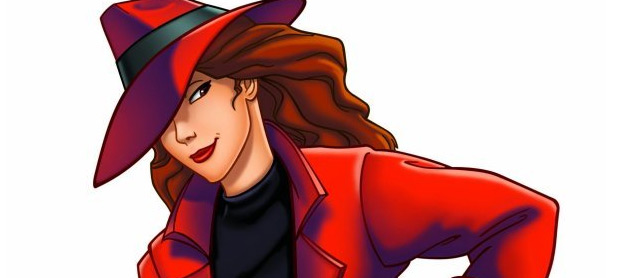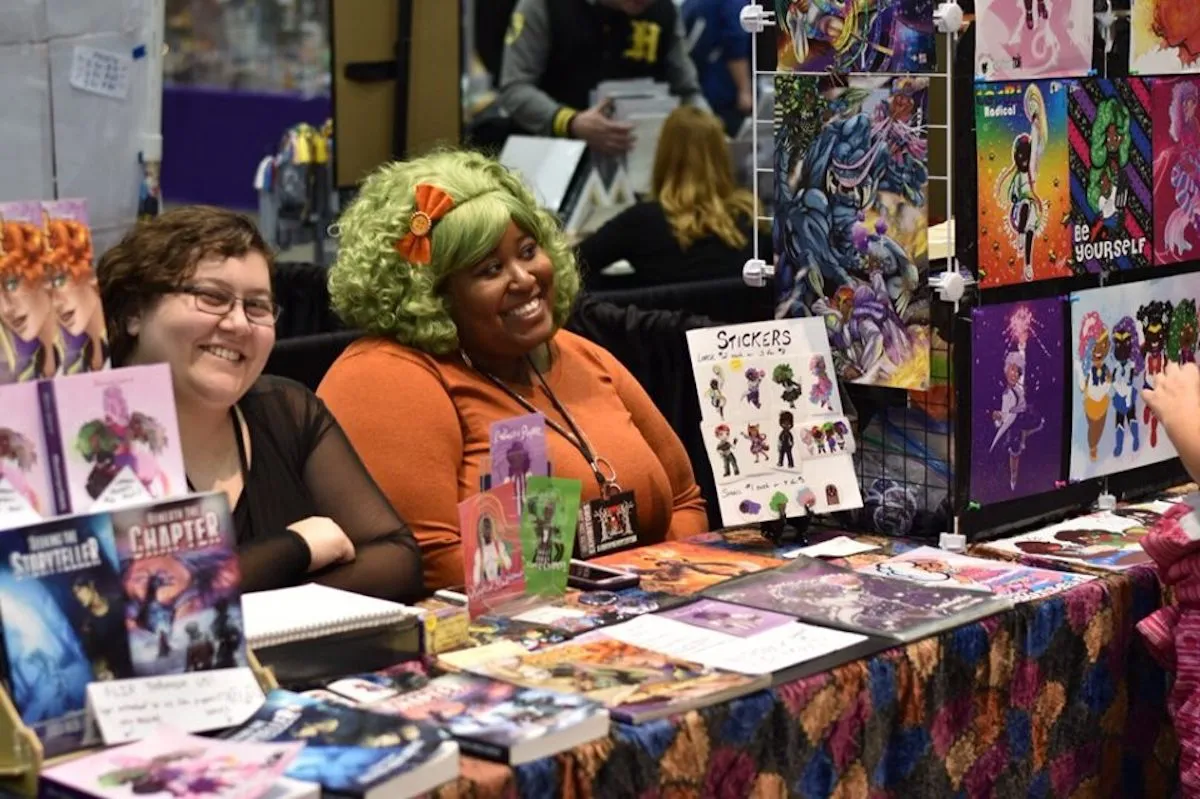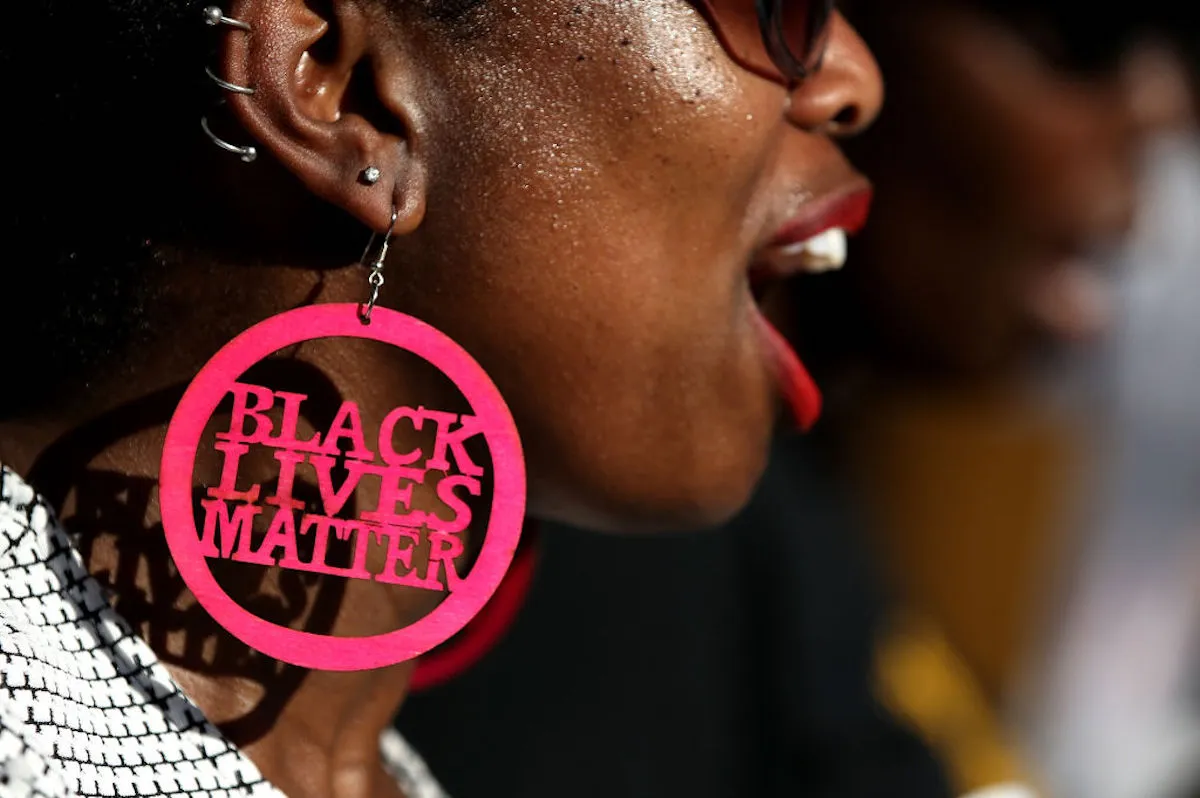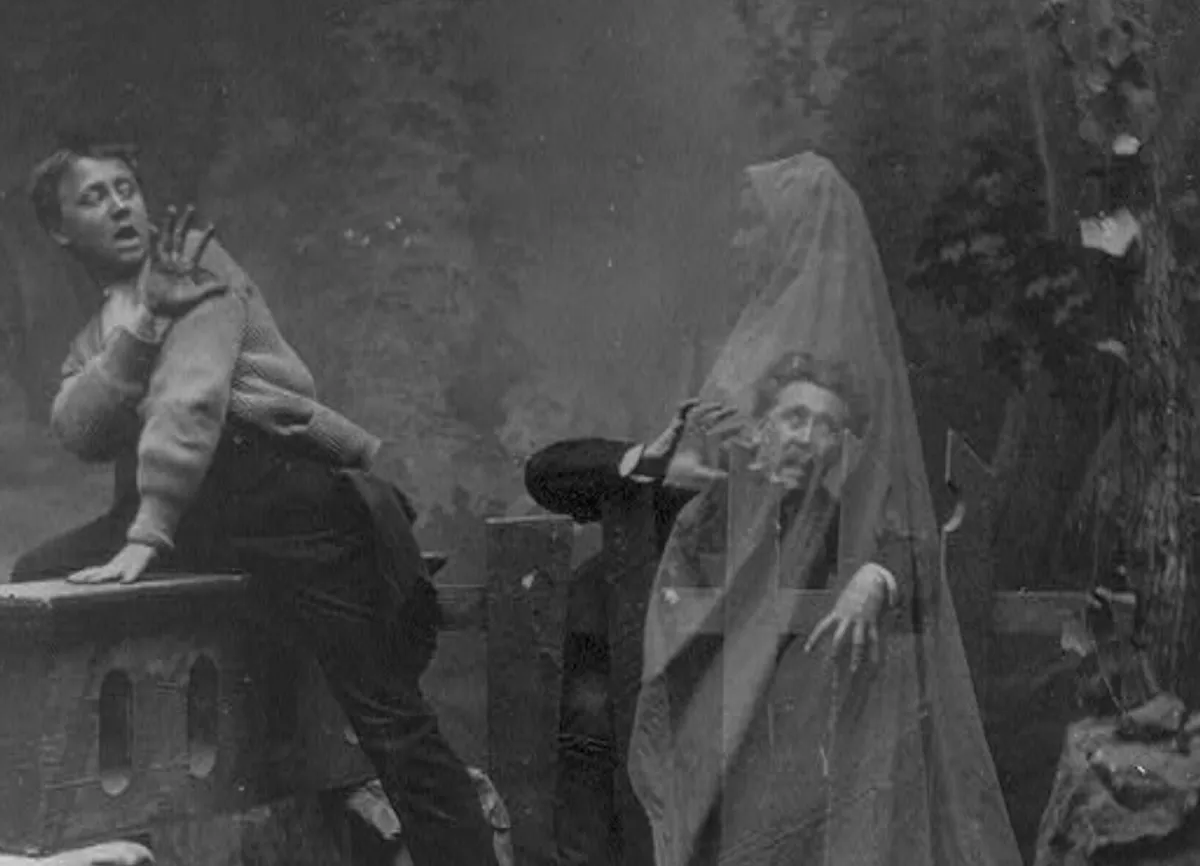“We want to motivate them to learn about the world,” game show host Greg Lee once told the Associated Press, sometime in the past century (1992) Lee had just taken the helm at a children’s education show entitled Where in the World is Carmen Sandiego?, whose plot demanded the children observe the command of their boss at Interpol, The Chief (Lynne Thigpen), to capture the elusive monument thief. The premise of the show, based on a video game, at once was to maintain the audience of older children as they graduated from Sesame Street and morning shows meant for younger folk. No one in my generation doubts that it did just that. But what the creators of the Carmen Sandiego video game and program franchise could have never anticipated was the cultural impact Sandiego had on one particular demographic following the canon— Latin American girls.
For many children, Sandiego was the pinnacle of cool for her encyclopedic knowledge of history, her keen but conservative fashion sense, and her ability to run and mainsteam the well-oiled machine that is V.I.L.E. For little Latinas, she was the most educated, successful, and powerful figure the culture had given them that finally looked a little like them.
Carmen (after two decades of support, I feel entitled to be on a first-name basis with her) began her life in the spotlight in 1983, the boss leading a pack of intrepid monument thieves bent of hoarding the greatest creations of mankind. Her minions would be everywhere— Istanbul, Tokyo, Las Vegas— attempting some of the most astounding heists in history. From the video spawned one of the greatest staples of my generation’s childhood: the game show Where in the World is Carmen Sandiego?, in which children “traveled” the world to a hip Rockapella soundtrack with the guidance of The Chief to find our ambiguously heroic veteran.
Like many video games with brand-name final bosses, Sandiego was the last challenge on the way to a promotion from The Chief. The game show followed suit. But unlike a lot of video games we know today— The Legend of Zelda, Super Mario Brothers, even female-led video games like Tomb Raider—the title character is the villain, not the hero, and the character the player must defeat. Carmen was the first of her kind to earn the privilege of spearheading her video game franchise, even if, as a gumshoe understudy of The Chief, Carmen was nominally a rival. She was so beloved that, even in the obituary of creator Raymond Portwood, Jr., the New York Times can’t bring itself to call her employees “thieves.”
With his colleague, Lauren Elliott, Mr. Portwood is credited with dreaming up Carmen Sandiego, who, as a former secret agent gone bad, is the ringleader of a gang of eccentric provocateurs who roam the world causing trouble, usually by stealing a treasure of local significance. The player assumes the role of Interpol detective, tracking Carmen Sandiego or her henchmen from city to city and nation to nation on the basis of clues provided by witnesses.
Sandiego is not the only character in the Carmen Sandiego canon that presents these challenges to young women—let us not forget that your boss in the game at all times is the venerable Chief, a strong woman if there ever was one. But Sandiego has a particular impact on girls—or, at least, had a particular impact on me—because she was a symbol of cultural rebellion. She is the first major American pop culture example of a mischievous yet beloved hero who also happens to be both a woman and a Latin American.
Much of pop culture engrains in the minds of young Latinas very early on what American society entitles them to. Granted, it is far more than most Latinas would in most of their home countries, the current wave of female presidents in the Southern Hemisphere notwithstanding, but the range of careers and lifestyles is still sorely lacking: models, singers, ballerinas, sex objects. The spectrum ranging from Shakira to Jennifer Lopez [Editors note: Lopez, coincidentally enough, is producing a Carmen Sandiego movie with Walden Media] doesn’t leave much space for academics and politicians on it, even if you add in the scantily clad “journalists” on Primer Impacto.
Sandiego flies in the face of all of this: she is not scantily clad; she reads and thinks. She is a CEO in her own right—a CEO in a corporate entity designed for larceny, but a CEO nonetheless. American pop culture is not exactly saturated with images of female finance mogul or law professors or, really, any job that requires education—and if our dreams don’t require it, why should young girls bother doing well in school? It’s not like that’s going to help anyone get on Sabado Gigante. For little girls told to stay in the kitchen with the girls when the men are talking politics, bombarded with the stalest of stale “Latin Lover” stereotype long before they even know what sex is, admiring the hair and makeup of the ladies in telenovelas while holding rag dolls intended to teach them how to rear children, Carmen Sandiego simply does not compute. Why would a woman with so much to dream for—a husband, a house, a dog, children to raise—abandon it all to read about old buildings all day, or lead a corporation? Aren’t there enough men doing that already?
Those who question the moral premise of holding Carmen Sandiego up as a role model read too literally into her job description. To girls, now women, who grew up around the hispanophone media (but some of the English-language media, too), Sandiego couldn’t be anything but a thief: any woman who dares stray from the script is necessarily taking what isn’t hers. In Sandiego’s case, she was stealing entire cultures—filching away positions in the social hierarchy that she wasn’t born to have. Her spot as the most powerful figure in the art and archaeology worlds rightfully belongs to some gringo like Indiana Jones or the Ocean’s 11 guys or every Nicolas Cage character after he went bankrupt—thieves upheld as heroes while Sandiego is expected to wallow in villainy. Sandiego seems to have missed the memo, however, that she might be inspiring tawny girls to dream of having employees while not wearing bikinis on television, to actually take the time to learn history and culture, lending her a promethian quality that makes her more than a video game legend, but a bona fide role model.
Frances Martel is an Editor at our sister site, Mediaite.







